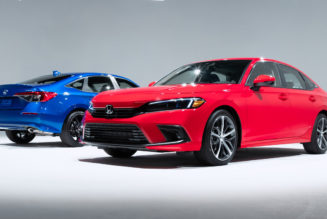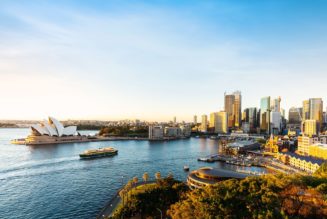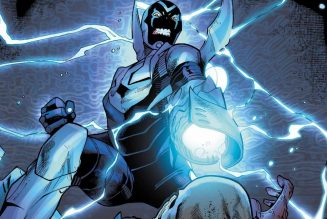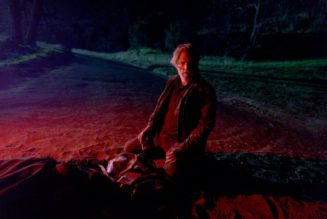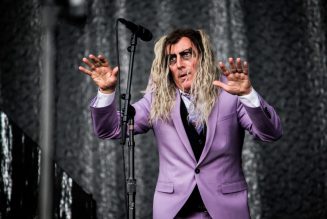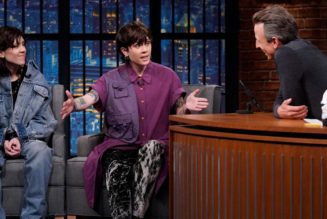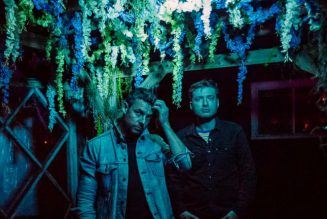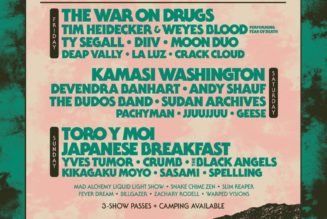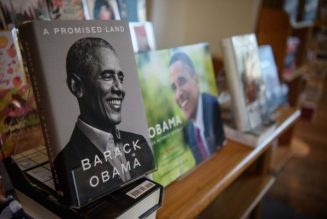Gulf Livery: The Timeless Orange and Blue Race Car Livery with Global Fame
Catapulted to icon status by the golden age of motorsports in the 1960s, the Gulf Oil livery is easily one of the most respected and globally recognized race-car liveries.
Having already picked up back-to-back wins at the 24 Hours of Le Mans in 1966 and 1967, the relentless Ford GT40 dressed in the Gulf livery collected two more consecutive Le Mans titles in 1968 and 1969. Afterward, the undisputed “King of Cool”—Steve McQueen—starred in the 1971 feature-length film Le Mans, in which he played racing driver Michael Delaney behind the wheel of one of two Gulf-liveried Porsche 917Ks. Indeed, the 3707 Zenith Blue and 3957 Tangerine colors famously adorned both the Porsche 917K and Ford GT40.
Gulf Livery: The Grumman G-22 ‘Gulfhawk II’ That Started It All
The Gulf Oil livery’s story began in the 1930s when Maj. Alford J. Williams, Gulf’s aviation manager, ordered two modified biplanes from Grumman Aircraft Engineering Corp. In December 1936, Williams took delivery of the orange Grumman G-22 “Gulfhawk II” adorned with the Gulf Oil color scheme and company logo. In 1938, Williams flew the Gulfhawk II on a European tour, and today the National Air and Space Museum in Washington, D.C., preserves this aircraft.
In the 1960s, Gulf Oil International Ltd. expanded its ambitions and became the primary sponsor of NBC News’ special-events coverage. During the network’s coverage of the Apollo 11 moon landing, Gulf Oil handed out free, company-branded promotional items and goodies at NBC stations. The Gulf Oil merchandise included a book with Apollo 11 pictures titled We Came in Peace, space-mission sticker sheets, and a paper punch-out lunar-module model kit.
One of the longest partnerships Gulf Oil formed was with the motel chain Holiday Inn, which lasted from 1963 to 1980. In exchange for Gulf installing service stations on Holiday Inn premises, specifically those motels along major highways in the United States, Holiday Inn accepted Gulf credit cards from its customers for food and lodging. The then-ingenious concept offered the convenience of a one-stop-shop for motel stay, auto service, and gasoline.
Gulf Livery: Road Maps, Auto Racing, and the Ford GT40
Gulf Oil also got involved in the business of making road maps, and it created the “Tourgide Map,” an information booklet for enthusiasts traveling through America. Subsequently, the orange-and-blue oil company set its sights on auto racing, which made perfect sense. Finished in dark blue with an orange racing stripe, and with Gulf logos stamped on its doors, Gulf Oil vice president Grady Davis entered his own Ford GT40, chassis no. 1049, to compete at Daytona International Speedway and Sebring International Raceway in 1967.
The first racing team Gulf Oil sponsored in the 1960s—and which it ultimately acquired when Ford withdrew from sports car racing—was John Wyer Automotive Engineering. After taking over the Ford GT40 race team, Gulf Oil had the cars modified with a new roofline and body. The team also finished the low-slung Ford race cars in Gulf Powder Blue (P030-8013) and Marigold (P030-3393) exterior paint. Known as the Mirage Lightweight Racing car, or simply “Mirage,” these modified GT40s were the first official Gulf-liveried race cars.
The Gulf livery’s big-screen appearance in Le Mans cemented the orange-disc logo in motorsports and further solidified its prestige on a global scale. In the ensuing years, Gulf race cars, including models from Audi, McLaren, Porsche, and Aston Martin, have competed for titles on world-renowned circuits. Many special-edition, Gulf-livery derivatives have decorated cars such as the Lotus Evora 400, Ford Mustang GT Premium, Ford GT Heritage Edition, and more recently, the $1.7-million McLaren Elva.
Gulf Livery: McLaren Automotive Partnership
Remarkably particular about the race cars it sponsors, Gulf Oil’s alliance with McLaren Automotive counts among the most fascinating of deals. McLaren and Gulf have a long-standing history that dates back to 1968, during Bruce McLaren’s Can-Am days, and forward into the 1990s in Formula 1 and Le Mans competition. The McLaren and Gulf partnership has won more than 40 races, including the famed Gulf McLaren F1 GTR’s victory in the 1996 BPR Global Endurance Series.
In July 2020, McLaren again partnered with Gulf Oil and announced a multi-year sponsorship that includes liveried luxury supercars and McLaren race cars. The revived association, though, will go beyond performance cars covered in the iconic blue and orange colors.
Beginning in 2021, Gulf will be the official fuel and lubricant supplier to McLaren Automotive. The deal also includes the display of Gulf-branded items at McLaren retailers and during the manufacturer’s “Pure McLaren” customer events around the world. McLaren will also give a select number of customers the exclusive option to order their McLaren supercar in Gulf liveries, hand-painted by the company’s bespoke division, McLaren Special Operations.

